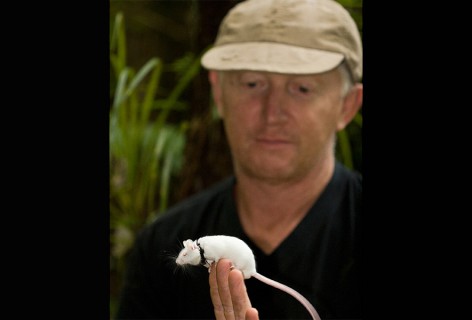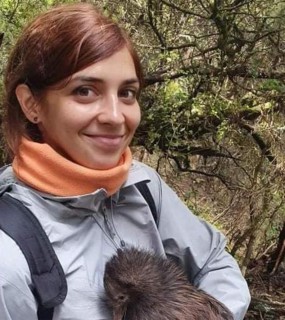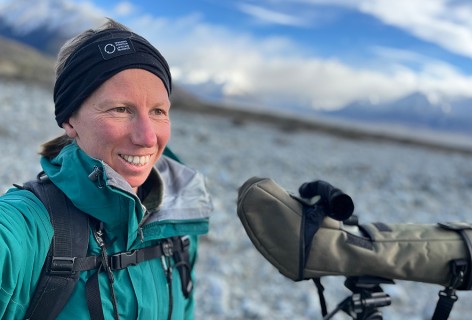More Birds in the Bush: End of programme update
Back a level
In this section
The MBIE-funded More Birds in the Bush Endeavour Research Programme was completed in 2024. This webinar event shared some results of the research completed through a wide range of collaborations in the programme.
The presentations below were given across two days and broken up into five sessions. These sessions covered the following themes and are available to watch in this playlist: Introduction (Session 1), Resources and predators (Session 2), Predators, management and surveillance (Session 3), Bird outcomes (Session 4), and Bringing it together (Session 5).
The Q&A sessions from Days 1 and 2 are edited together at the end of each day’s presentations.
The presentations below were given across two days and broken up into five sessions. These sessions covered the following themes and are available to watch in this playlist: Introduction (Session 1), Resources and predators (Session 2), Predators, management and surveillance (Session 3), Bird outcomes (Session 4), and Bringing it together (Session 5).
The Q&A sessions from Days 1 and 2 are edited together at the end of each day’s presentations.
Session 2: Resources and predators
How do omnivores affect resources in warm forests? Effects of separately removing possums and ship rats in Tuawhenua forests, Jo Carpenter
Predictors of podocarp masting through time, Adrian Monks
Low-elevation ship rat reservoirs, forest bird thermal refuges, and beech masts, Susan Walker
What were ship rats eating across a forest elevation gradient and mast cycle at Lake Alabaster? Jo Carpenter
How will resources in beech systems change under climate change? Adrian Monks
How will ship rats respond to climate change in beech forests? Giorgia Vattiato
Session 3: Predators, management and surveillance
A brief history of DOC's large-forest predator management and surveillance regimes, Graeme Elliott
How can we relate rat density to tracking indices? Dean Anderson
Effects of aerial management and stoat trapping on rodent and stoat tracking rates, Susan Walker
Rat, mouse, and stoat kills in past aerial management operations, Josh Kemp
Least cost pathways and ship rat reinvasion, James Griffiths
Session 4: Bird outcomes
Bird outcomes of multiple aerial management operations in large forests, Graeme Elliott
One step forward and two steps back: are feral cats unwinding early gains for whio and kea? Josh Kemp & Jason Malham
Do temperature and invasive species determine vital rates of New Zealand’s forest birds? Anne Schlesselmann
Breeding dispersal and connectivity of kakaruwai outside a fenced sanctuary, Manaia Pearman-Fenton
Reintroduced toutouwai population outcomes in large unfenced forests, Zoe Stone
Using count data and habitat connectivity to quantify and predict the success of reintroductions of a small arboreal passerine, Kevin Parker
Building better predictions to improve the success of forest bird translocations through adaptive management, Kara Macdermid
Session 5: Bringing it together
The broad scale model - How it works, where it is going, and remaining challenges, Dean Anderson
The broad scale model - Place-based control strategies and outcomes for different species, Anne Schlesselmann
How what has been learned has changed management, and early results, Tristan Rawlence
Key contacts

Mandy Barron
Senior Researcher - Quantitative Wildlife Ecologist and Research Priority Area Leader
Wildlife Ecology & Management
Contact






